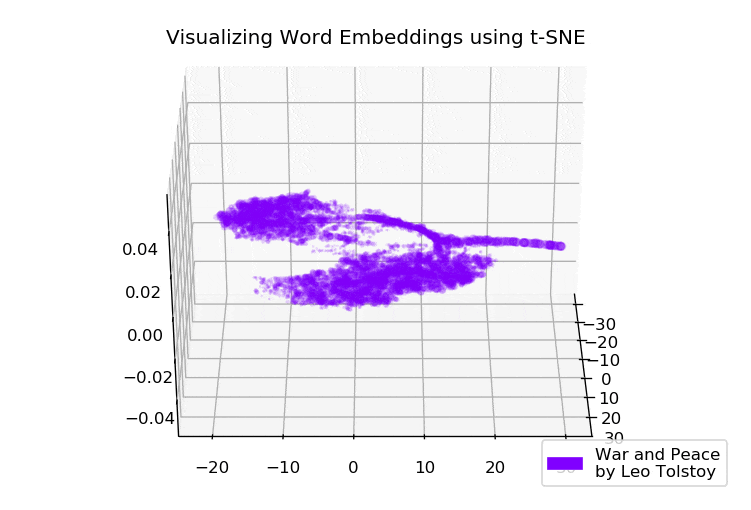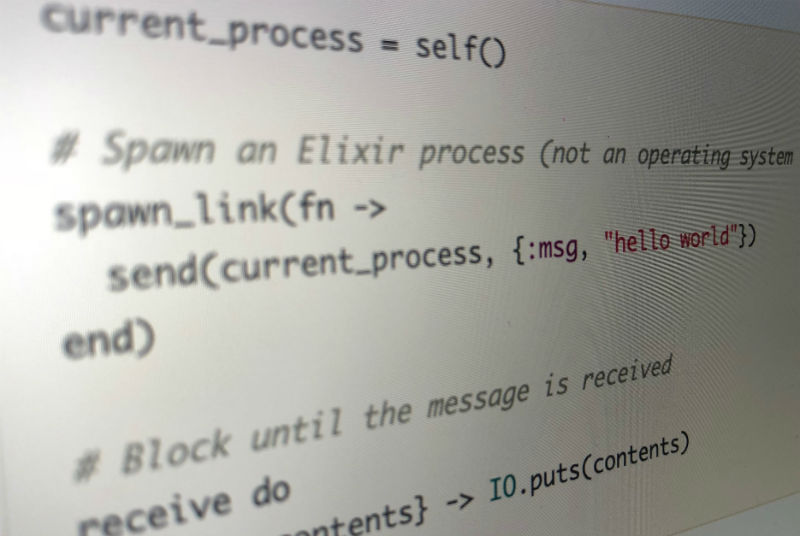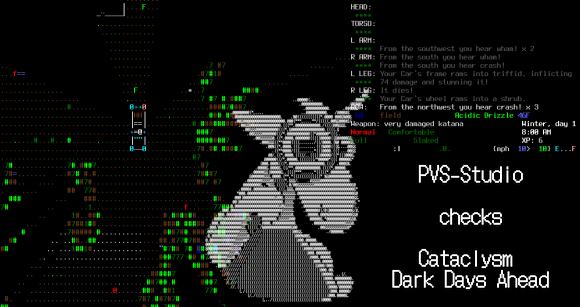How to create a dark theme without breaking things: learning with the Yandex Mail team

My name is Vladimir, and I develop mobile front-end for Yandex Mail. Our apps have had a dark theme for a while, but it was incomplete: only the interface and plain emails were dark. Messages with custom formatting remained light and stood out against the dark interface, hurting our users’ eyes at night.
Today I'll tell you how we fixed this problem. You will learn about two simple techniques that didn't work for us and the method that finally did the trick — adaptive page recoloring. I'll also share some ideas about adapting images to a dark theme. To be fair, darkening pages with custom CSS is a rather peculiar task, but I believe some of you may find our experience helpful.















